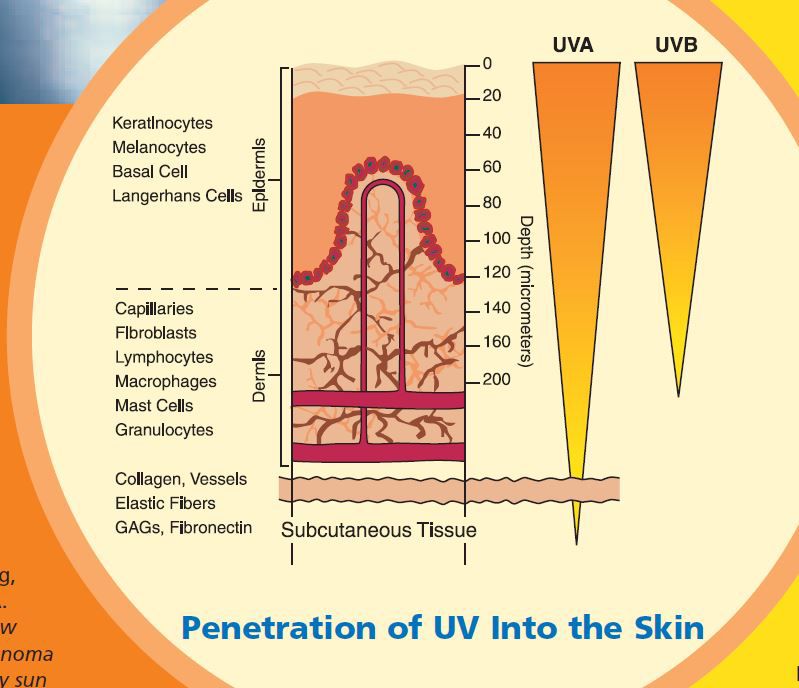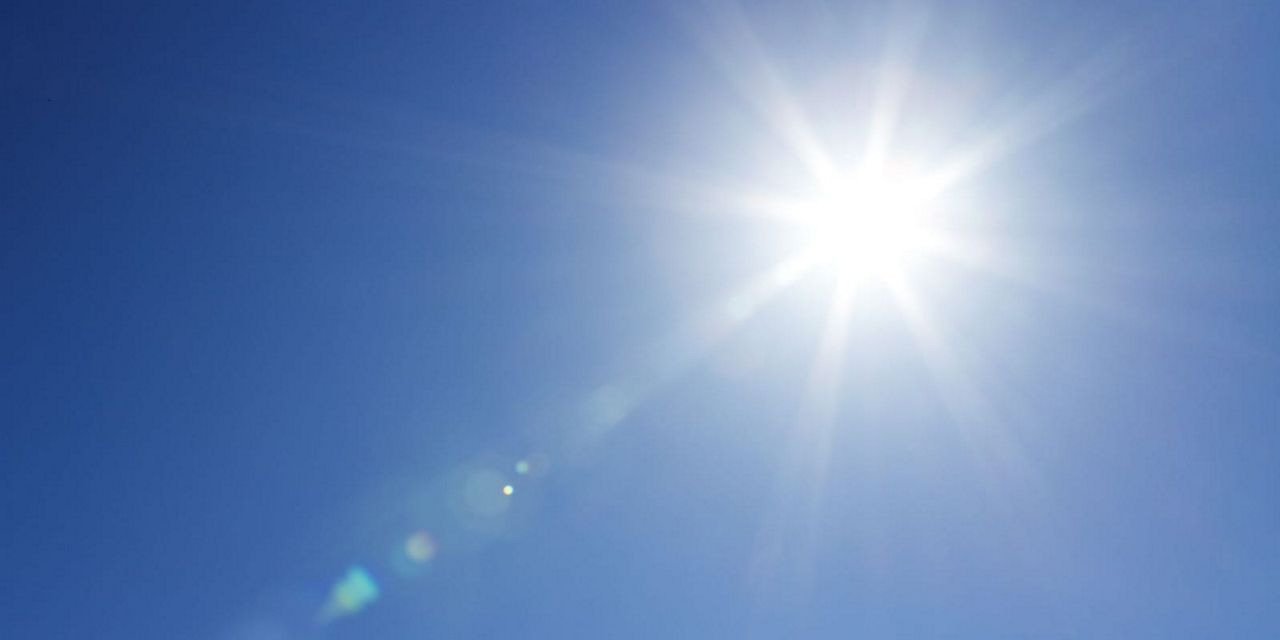Many of us tend to slather on the sunscreen during the warmer months, but we slack up on using it in the winter. It seems we relate more daylight and heat with more UV exposure.
The truth is, a sunscreen routine should be a daily practice because UV radiation is a year-long threat.
The American Cancer Society defines Ultraviolet (UV) radiation as a form of electromagnetic radiation that comes from the sun. UV rays are a known carcinogen, a cancer-causing agent, and the less you’re exposed to it, the better.
According to the Environmental Protection Agency, two types of UV radiation can affect the skin:
- UVA rays do not get absorbed by the ozone and penetrate deep into the skin. They contribute to premature aging.
- UVB rays partially get absorbed by the ozone and are the main cause of sunburn.

The UV index is understandably higher on sunny, summer days between 10 a.m. and 4 p.m., according to the Environmental Protection Agency.
Summer is the time of the year when we get the most direct sunlight, as the sun’s angle is the highest. However, as we transition into winter, your UV exposure depends on where you live.
Lower latitudes (the southern states of the U.S.) tend to get more UV radiation in the winter compared to Canada.
Those that live in higher altitudes (well-above sea level) are also more exposed to more UV radiation, according to the American Cancer Society. Also, areas that typically get snow during the colder months have to be mindful of UV exposure.
Snow, especially fresh snow, has a high albedo, or reflectivity, of the sun’s rays. If you are not protected, the beautiful winter snowscape can expose you to the dangerous UV rays reflected off of the snow.
UV ray exposure on the ski slopes with fresh powder snow can be just as damaging as laying on the beach. Snow and ice can reflect anywhere from 75% to 95% of the sun’s dangerous UV rays.
The answer is simple. Lather up!
Use a sunscreen with a Sun Protector Factor (SPF) of at least 15. Apply it to all areas that are not covered by clothing.
Yes, clothing limits your access to dangerous UV rays, along with wide brim hats. Also, sunglasses keep your eyes protected.
Stay safe this winter!



